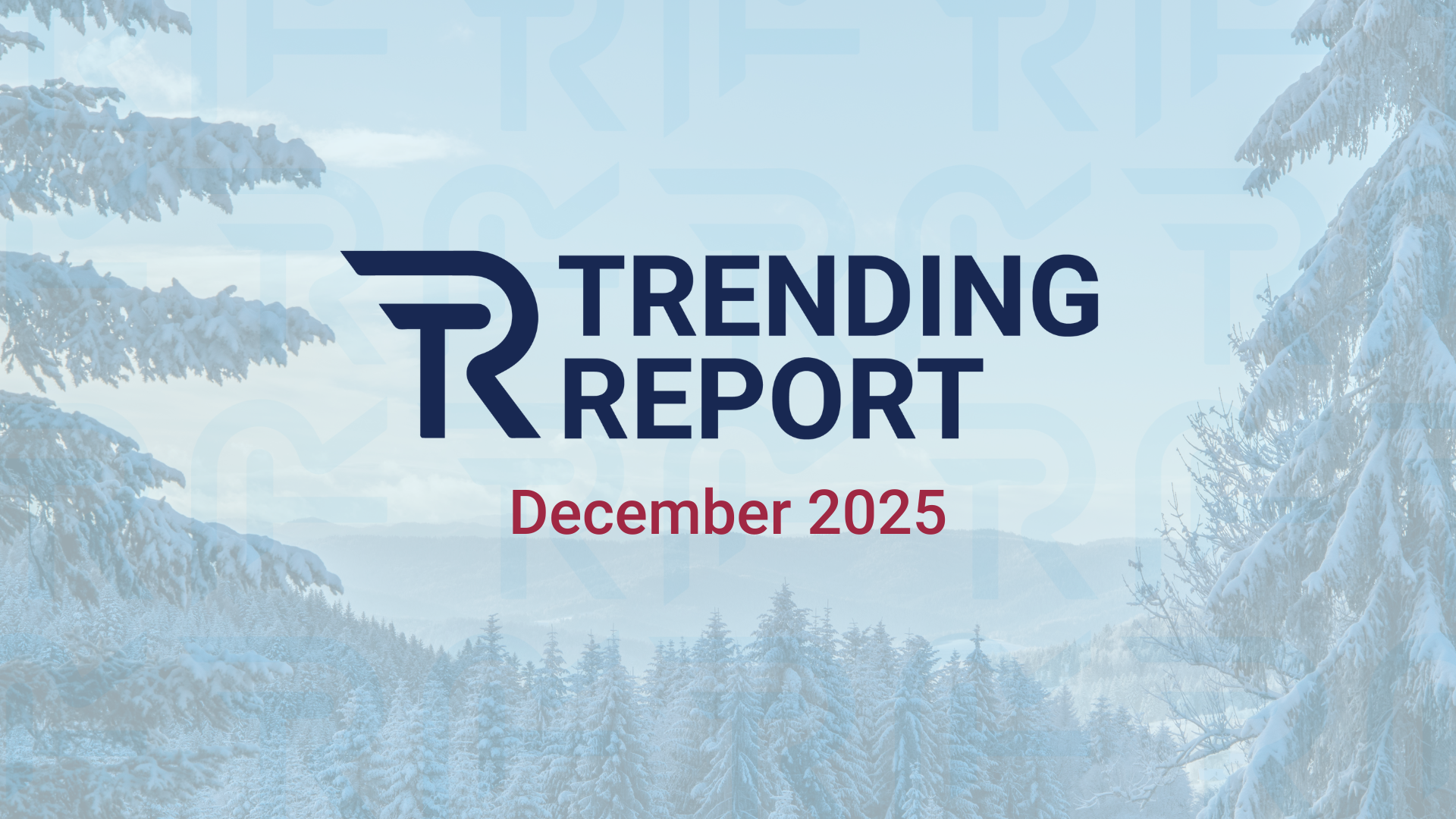Outsourcing Investment Management: What’s in it for You?

In today’s fast paced world of constant change, independent financial advisors often find themselves scrambling to keep up. You’re juggling a million tasks - from in-depth planning and research to portfolio management - and the daily workload can leave little time for what truly matters: building strong client relationships and growing your business.
This is where outsourcing investment management comes in. Outsourced investment management has become a powerful solution that can help reclaim time and achieve greater efficiency in your practice.
So, what’s this all about? What is outsourced investment management?
Simply put, it’s when an advisor (or organization) hand off the reins of managing an investment portfolio to a trusted third party.
Outsourcing isn’t a new trend or concept. Our industry has been evolving for years, with more and more advisors moving away from a transactional approach to a diversified approach. This shift has naturally led to a growing reliance on turnkey asset management platforms (TAMPs) or third-party money managers.
Now, you might be wondering “What’s in it for me?” Well, let me break it down for you:
- Streamline your process & boost efficiency: Picture this – a robust TAMP with technology that frees up time for you and your team. Take our PortfolioHQ platform on USA Financial Exchange, for instance. It empowers you to manage portfolios within a single UMA (unified managed account). We’ve all seen the complexities that come when your client has multiple accounts with multiple managers, which translates into lots of paperwork. When you’re using a UMA, you’ll have one account that can hold various investments which creates less administrative headaches for you.
- Provide innovative investment solutions to clients: When it comes to developing a solid financial plan for your clients, you understand it’s not a one-size-fits all approach. Having access to a diverse selection of investment options from institutional partners provides you with choices. With our PortfolioHQ platform, you can create custom portfolios tailored to your client’s specific risk number (without hopping between tools), research market data, analyze your business, and manage assets.
We asked one of our advisors who uses our own TAMP platform on USA Financial Exchange about how, in their opinion, the increased use of AUM has affected their overall business model:
“The use of AUM in my business model has made it very sustainable and it’s been a tremendous way to build income both for short term and long term and in a big way, it has really turned the business into a true business as opposed to a transactional business” -- Greg Z.
Ultimately, the decision to outsource investment management depends on your specific business goals and needs. Whether you decide to or not is up to you, but there’s no doubt that advisors that partner with an external firm are unlocking new opportunities for their business. If you find yourself spending more time on paperwork and number-crunching than client interactions, outsourcing might be a valuable option to consider.
Related Posts

What’s Trending: Diversification Beyond Assets for Long-Term Success
As 2025 comes to a close, the S&P 500 is up nearly 18% for the year—but what does that mean for your portfolio? In this December Trending Report, Kevin Roskam breaks down the year’s market performance, the role of trending strategies, and why diversification by time and philosophy matters more than ever. Learn how unemotional, disciplined investing helps you navigate volatility and stay focused on long-term success.

Direct Indexing Explained: How Advisors and Investors Benefit
What if you could track an index, customize your portfolio, and reduce taxes - all at once? That’s the goal of direct indexing, a strategy gaining traction among advisors and investors alike.

Independent Broker-Dealer Solutions that Drive Advisor Growth
In today's competitive environment, you don't have time for anything less than complete solutions. Your clients expect excellence, and you deserve support partners who share that commitment.

What’s Trending: Diversification Beyond Assets for Long-Term Success
As 2025 comes to a close, the S&P 500 is up nearly 18% for the year—but what does that mean for your portfolio? In this December Trending Report, Kevin Roskam breaks down the year’s market performance, the role of trending strategies, and why diversification by time and philosophy matters more than ever. Learn how unemotional, disciplined investing helps you navigate volatility and stay focused on long-term success.

Direct Indexing Explained: How Advisors and Investors Benefit
What if you could track an index, customize your portfolio, and reduce taxes - all at once? That’s the goal of direct indexing, a strategy gaining traction among advisors and investors alike.

Independent Broker-Dealer Solutions that Drive Advisor Growth
In today's competitive environment, you don't have time for anything less than complete solutions. Your clients expect excellence, and you deserve support partners who share that commitment.

